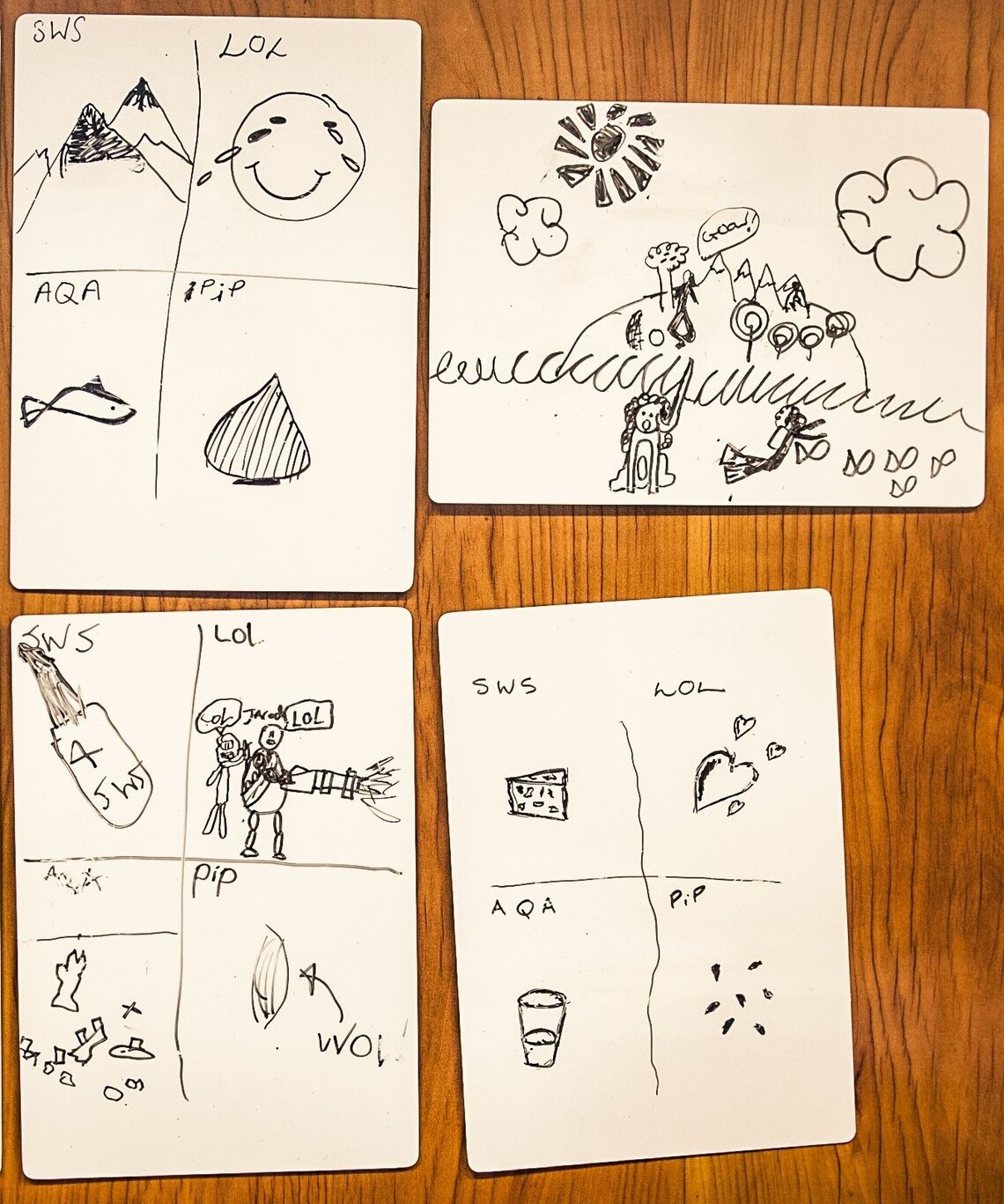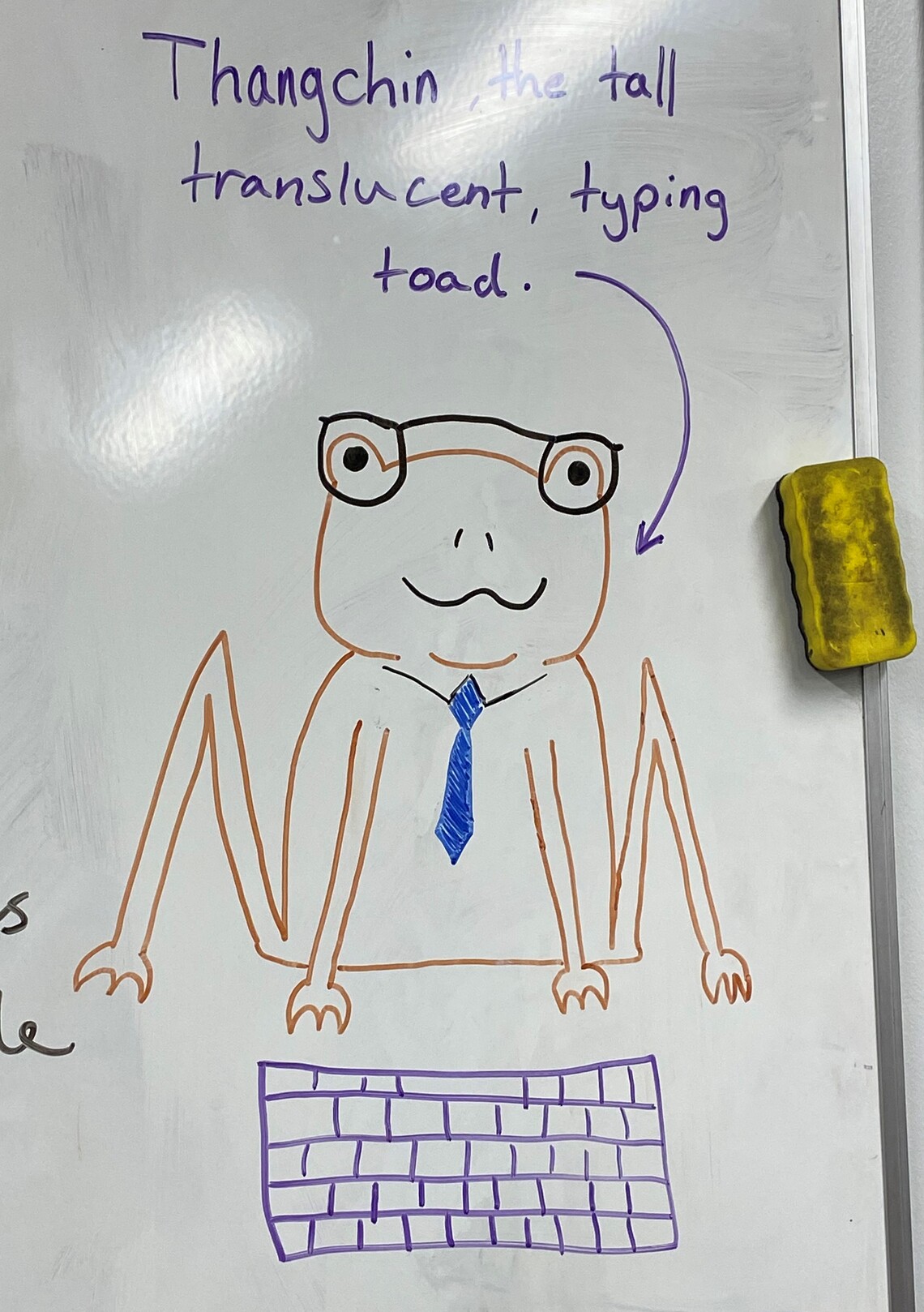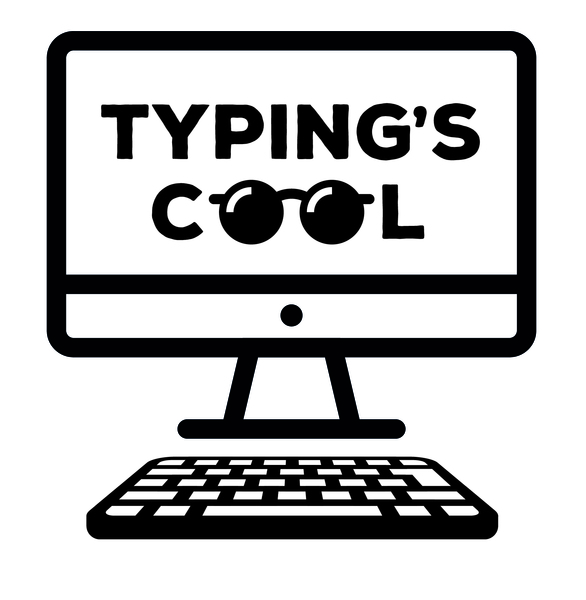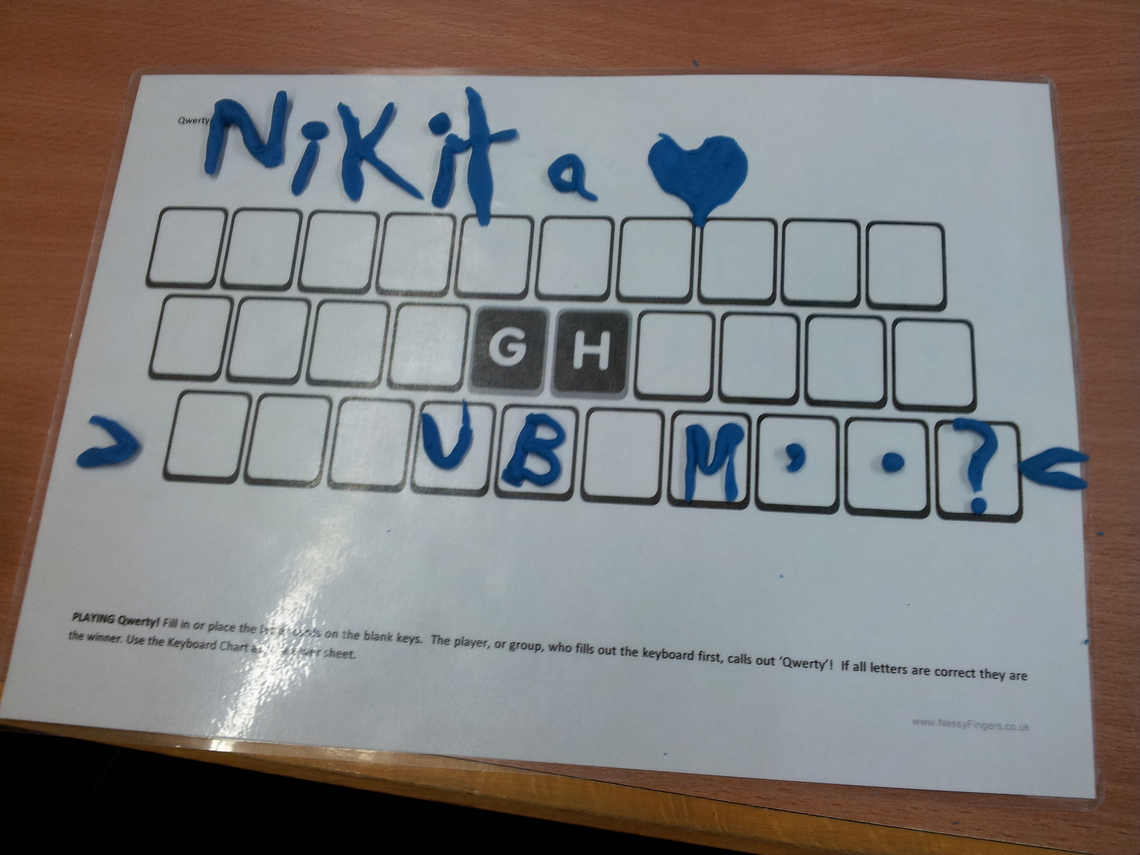

How does typing help with dyslexia and other neurological issues?
Writing skills can be represented as a triangle of working memory, executive function and visual spatial skills. Learning to type strengthens each of these areas in different ways.
Touch-typing strengthens eye/ hand co-ordination, fine motor skills as well as memory building and recall.
Our neurological approach particularly benefits learners with dyslexia, dyspraxia, poor hand writing as well as other developmental issues.
At 25+ words per minute fingers are typing 2 - 3 key strokes per second powered by muscle memory. Our courses aim to reach this kind of speed in an efficient, effective formal style.
Typing is a great way to learn and reinforce the 40+ letter combinations in the English language, high frequency vocabulary words, irregular verb and noun endings and much more to free up working memory.
Typing is less mentally and physically taxing and leaves more time and energy to develop your ideas in more detail.
Does touch typing improve academic performance?
By effectively word processing academic work on a laptop, pupils cut the writing time of an assignment in half – 10 minutes as opposed to 20 minutes for a page of writing.
One primary school got its Year 6 pupils to word process all their written work which led to a whole level increase in the key stage 2 SAT Writing task. Research has show that learning an additional skill like touch typing leads to an academic improvement equivalent to an extra GCSE.
How does learning to type actually improve reading and handwriting?
Research indicates that poor spelling indicates weaknesses that hold back reading and writing. Learning the spelling patterns within complex words, strengthens working memory which in turn boosts reading and transcription skills.
What's the best software programme for your child?
Some childfren prefer a tightly structured, step-by-step approach while divergent thinkers and able children sometimes jump steps and learn by a freer, more immersive learning experience.
So we draw on the best features of a range of software programmes as well as developing own materials and strategies.
- In summary:
- we use only age relevant & useful vocabulary
- letter patterns & real words are always kept separate, and there are no random letter patterns that resemble 'real' words, so there is no confusion in spelling
- use all the words in the National Literacy Strategy for Key Stages 1-3
- set vocabulary to appropriate Key Stage for each child
- sometimes offer extra optional spelling lessons
- use the 300 most common words in adult vocabulary, and quotations and proverbs
-
use a strong multi-sensory approach
-
provide a unique key / finger colour coding system
-
Both spoken & written instructions
-
Visually simple & uncluttered presentation style
-
Choice of background screen colours
-
Highly structured content to ensure thorough and easy skill acquisition
-
Short lessons to aid concentration and focus
-
Fun arcade-style games to keep motivation high
-
Clear consistent design, with immediate reward of the games

